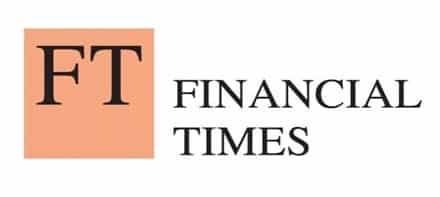In November 2019, from the salon doré of the Élysée Palace, where Charles de Gaulle once held court, Emmanuel Macron warned his fellow Europeans that Nato, the transatlantic alliance that had secured Europe since 1949, was on the point of “brain death”. President Donald Trump’s administration, to the horror of America’s own soldiers, had just unilaterally withdrawn support from the Kurdish forces in northern Syria, sacrificing them to Bashar al-Assad and Recep Tayyip Erdoğan. Within a year, the US would impose sanctions on Turkey, a member of Nato since 1952, for its purchase of Russian anti-aircraft missiles. Disunity reigned.
In 2017 Angela Merkel had returned from a chaotic meeting with Trump to declare that Europe could clearly no longer count on America as an ally and must look to its own resources for its security. Macron’s concern over two years later was that little had happened to make good on that realisation.
The antics of leaders such as Trump and Erdoğan would be hard to contain in any formal alliance. But Nato’s problems went deeper than populism. What was still a compact, anti-Soviet alliance in the 1980s had, thanks to expansion in the 1990s and 2000s, grown into a sprawling and aimless organisation. As west European defence spending dwindled, the alliance relied ever more on America’s huge military budgets and eager new east European recruits. The failures of Nato intervention in Afghanistan from 2001 and Libya in 2011 were demoralising, something that in 2021 would be underlined by another unilateral American withdrawal – this time from Afghanistan on the orders of Joe Biden.
For Macron, Nato’s old rationale of keeping the Soviets out and the Germans down no longer seemed relevant. Despite Vladimir Putin’s moves against Ukraine in 2014, Berlin was buying more Russian gas and Macron wanted to reopen diplomatic channels to Moscow, reviving one of de Gaulle’s great hopes of Europe as a balancer between Washington and Moscow. Meanwhile, from the American point of view, insofar as there has been a clean line of strategy in the last decade it has largely bypassed the Europeans and been directed against China and the battle for influence in the so-called Indo-Pacific – a geopolitical construct that gained widespread currency after 2010.
Read the full article at The New Statesman


